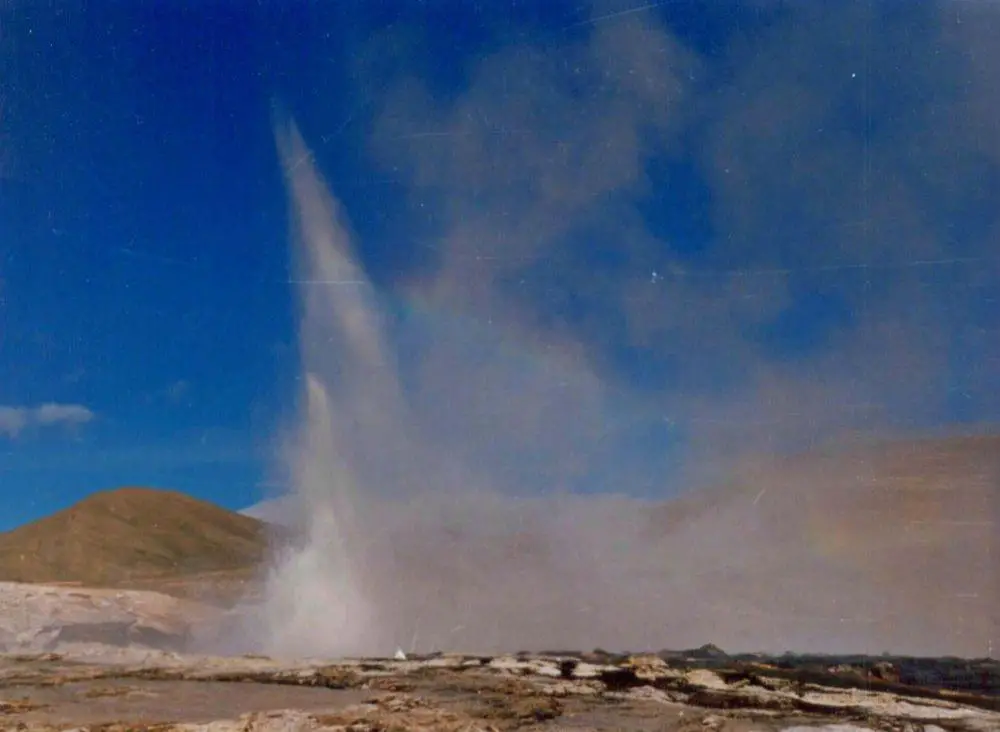Wonder
Dagejia Geysers
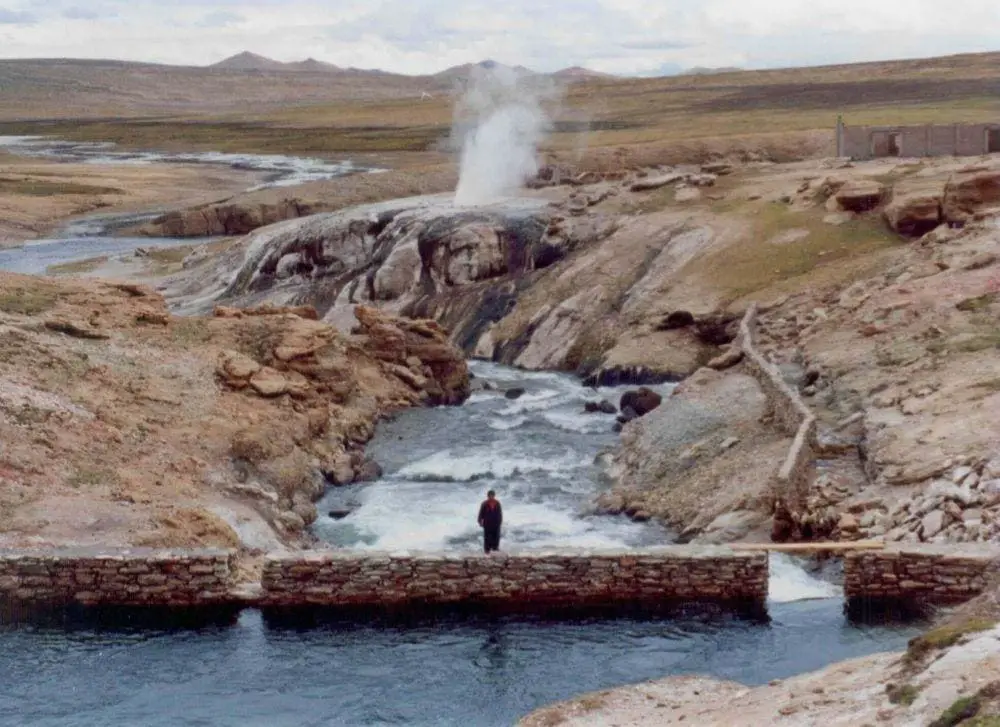
 In short
In short
Most likely, the most powerful geyser of Asia is Dagejia Pohutu Geyser – one of the geysers in Dagejia geothermal field.
 43.8%
43.8%
GPS coordinates
Location, address
Name in Chinese
Meaning in Tibetan
Alternate names
Map of the site
If you see this after your page is loaded completely, leafletJS files are missing.
 In detail
In detail
Geysers of Tibet
Not too many specialists know that in several locations of Tibet can be observed geysers: these natural monuments are far less known than the famous geysers of Yellowstone National Park and Iceland.
True geysers are found on some 6 – 9 locations in Tibet, but besides this here are hundreds of areas with thermal springs, sinter terraces, mud pools, and an exotic rarity – areas where violent explosions of overheated groundwater occasional blow away the soil, hurling the steam and pieces of ground hundreds of meters high.
Some geysers of Tibet have been already lost due to geothermal energy projects but the most impressive ones – Dagejia Geysers are still there.
Description of Dagejia Geysers
Dagejia Geysers (also Tagejia, Dagyel Chuja, and many other options to transliterate the local name) have formed along the bank of Lagetzangbo River as it leaves Dajiamang Cuo Lake. Hot springs have microbial mats left by sulfate-reducing bacteria. This could be the highest field of geysers and hot springs in the world – it is located at the height of some 5050 – 5100 meters. This is also the largest geyser field in Tibet.
The geothermal area is large – along the river is approximately one-kilometer long sinter terrace and here are found at least 100 boiling springs. Many springs are not so hot and locals love to bathe in them. The total output of all springs is some 2 million liters per day.
Some 20 of these springs are true geysers – they are erupting water and steam and then comes a period of “silence”. Four of these geysers are especially large.
The two largest geysers are up to 18 – 20 m high (the steam goes much higher), two others – some 7-8 m high. Rain of hot water pours on occasional visitors around the geysers.
One of the large geysers in 2012 had an interval of some three hours. Other – Dagejia Pohutu Geyser – has a cycle of 10-minute eruptions and then followed at least 36 hours of a quiet period. The eruptions of Pohutu Geyser are oblique, tilted per some 45 degrees. This is a very powerful geyser – its jet reaches a diameter of some 2 meters.
Sinter formations of Dagejia Geysers are not common – this stone contains lots of cesium. It has been assessed that there are some 14,5 thousand tons of this metal, which has been accumulated by water and microbial activity.
Local people here have a yearly festival in September – Gama Rije or Tibetan Bathing Festival. This is also a nature-protected area: Dagajia Geothermal Geysers Natural Reserve.
References
- T. Scott Bryan. The Geysers of Yellowstone, Fifth Edition. 2018. ISBN-10: 1607328399.
- ZHANG Baisong, 2014. The Basic Study of the Cs-Bearing Geyserite Deposit in Targejia, Tibet. Acta Geologica Sinica (English Edition), 88(supp. 2): 942-943.
 Linked articles
Linked articles
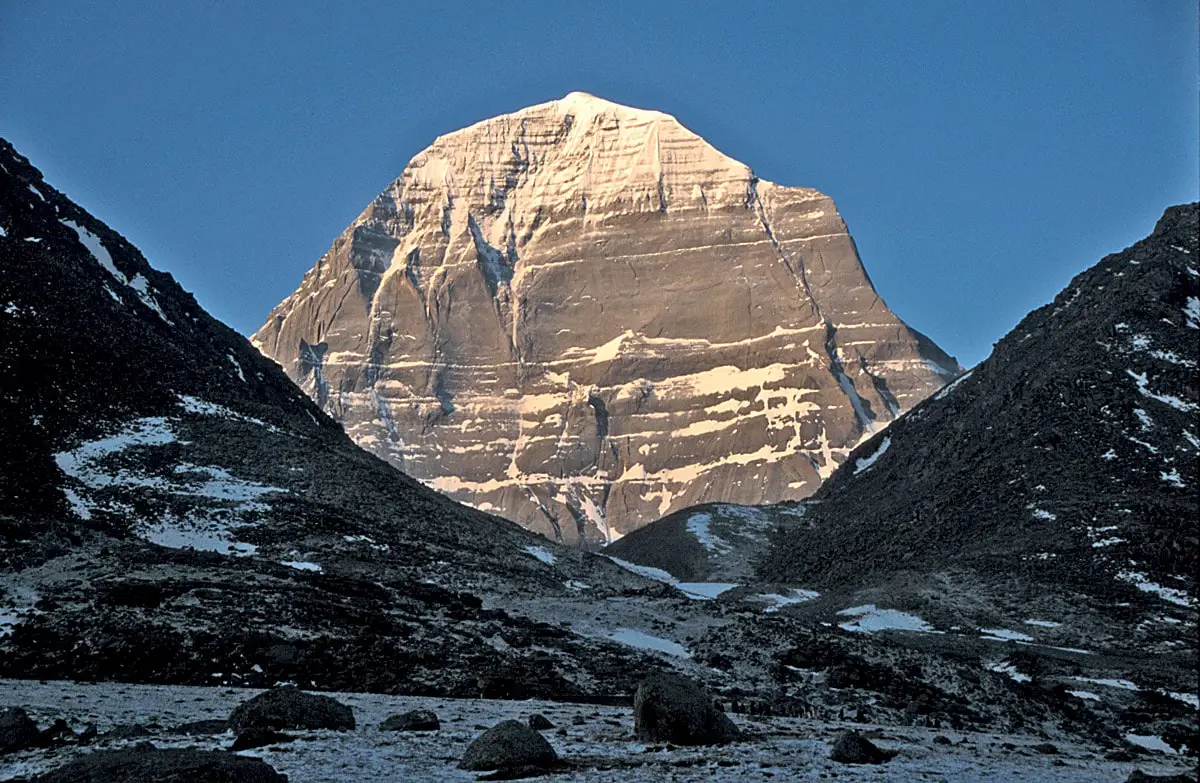
Wonders of Tibet
Few countries in the world are as shrouded in myths and legends as Tibet is. This is a land with mountainous (the highest mountains in the world!), rugged and harsh terrain – and lots of unspoiled nature. All this scenery is dotted with thousands of historical landmarks – megaliths, cliff art, abandoned and existing towns and cities, thousands of rock-cut chambers and passages, and monasteries.
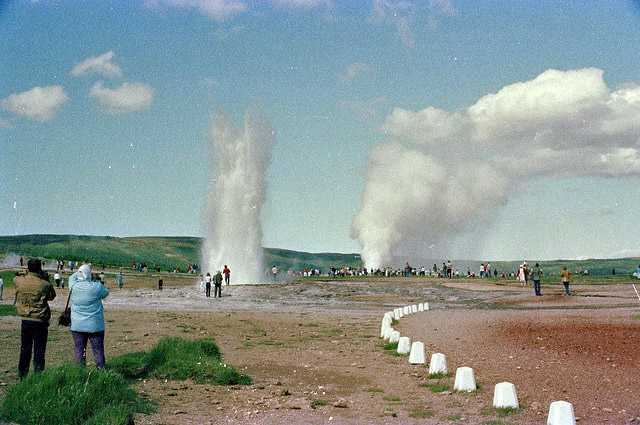
Geysers
Hasty hydrogeologists would say: geysers are thermodynamically and hydrodynamically unstable hot springs. “Normal” people would say – geysers are hot springs that at more or less regular intervals shoot up a fountain of boiling water and steam. Sometimes these fountains are even 100 m tall… or even 450 m!
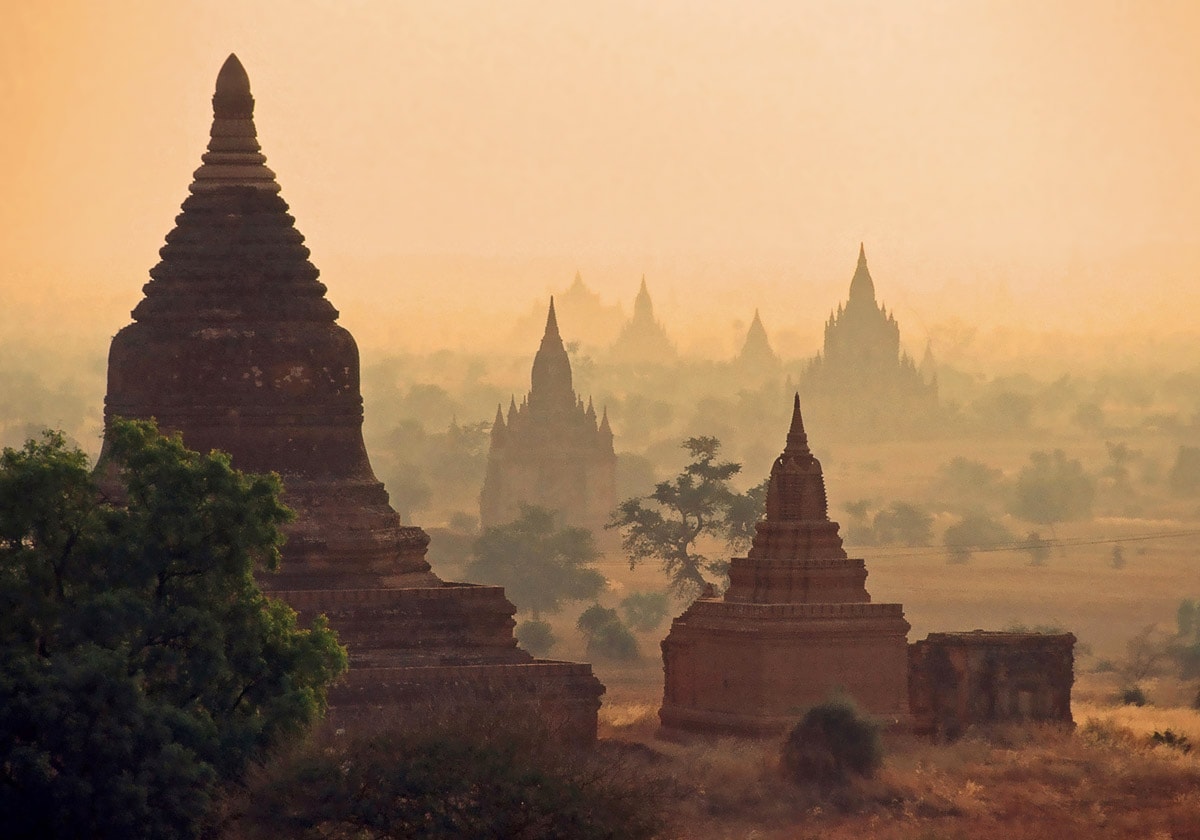
Wonders of Asia
Any other continent (and part of the world) seems small if compared to Asia. This refers also to natural and man-made heritage: in Asia are not just thousands of great landmarks, there are found landmarks created by thousands of diverse cultures from ancient Phoenicians to the mysterious small people in the Philippines and eastern islands of Indonesia.
 Recommended books
Recommended books
The Geysers of Yellowstone, Fifth Edition
This new edition of The Geysers of Yellowstone is the most up-to-date and comprehensive reference to the geysers of Yellowstone National Park, describing in detail each of the more than five hundred geysers in the park. The entire text has been revised and geyser descriptions have been updated based on activity observed through early 2018. Information about a number of significant new geyser developments has been added, as well as recent knowledge about some of the world’s geyser fields outside Yellowstone.

